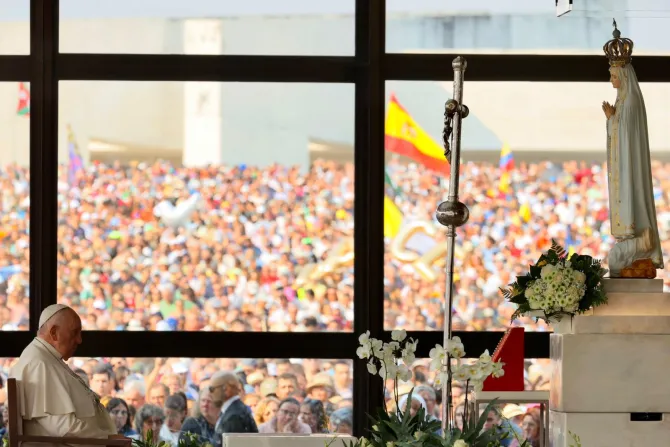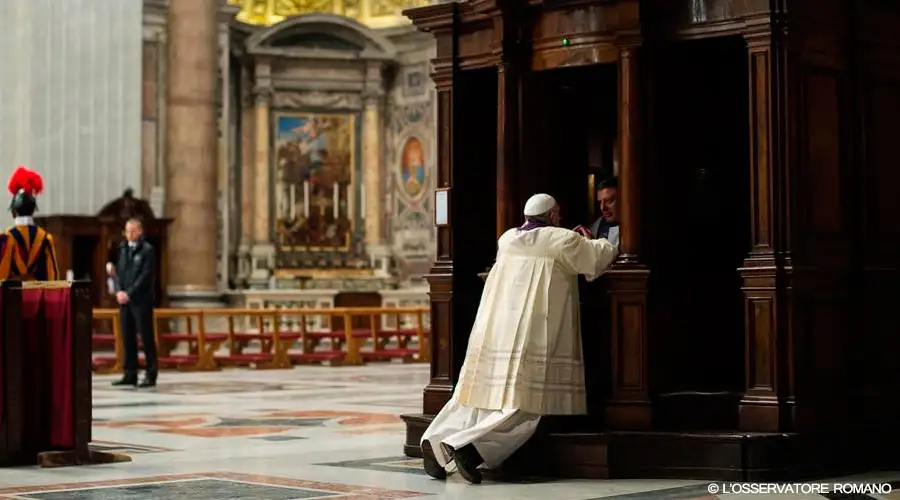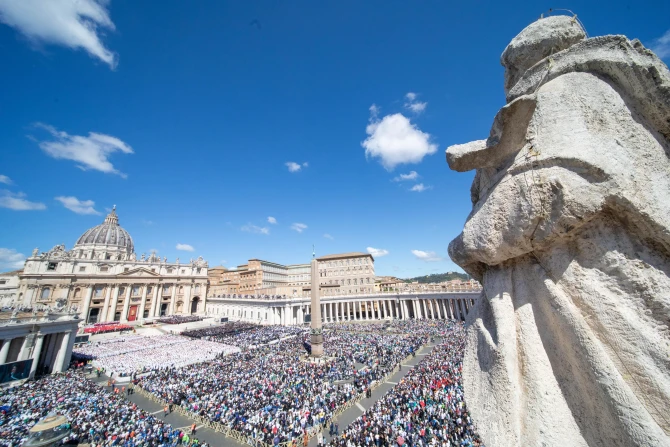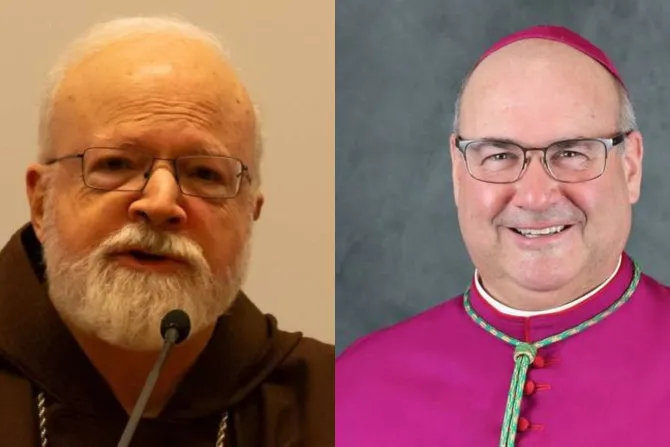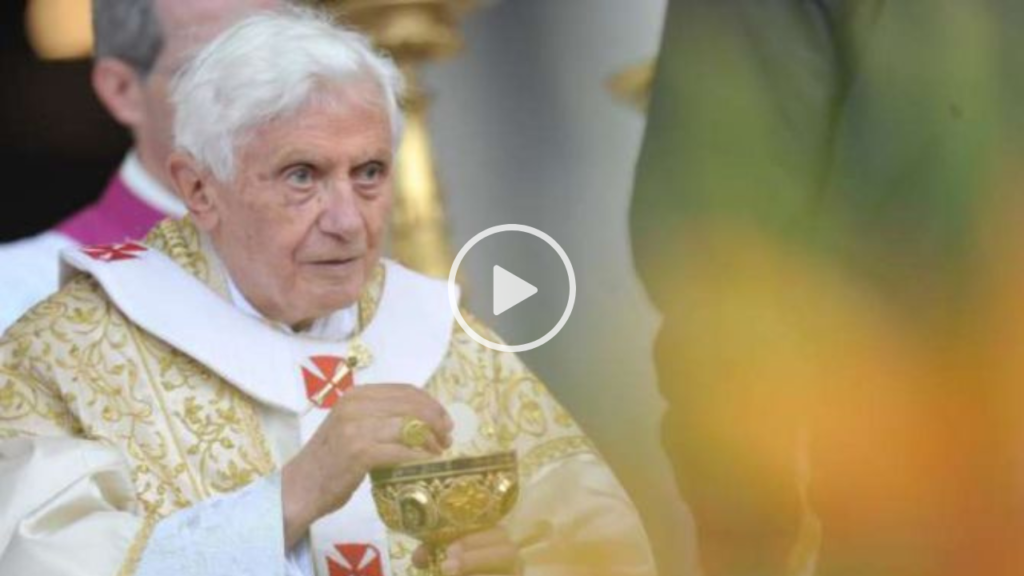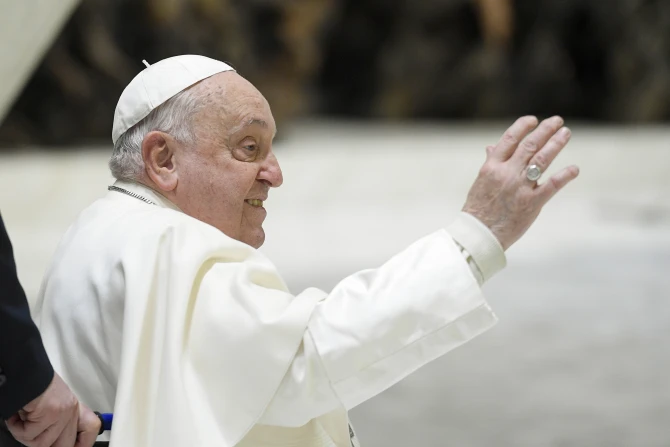As every May 18, today is celebrated International Museum Day. Therefore, we collect some of the curiosities of one of the largest art collections in the world, the Vatican Museums.
1. Its great size
It is known as the “Museum of Museums,” as it contains the most extensive art collection in the world. It is located inside the Vatican City.
Its long corridors and rooms with 9 million art pieces make a total of 15 km, traveled by more than 15 million people a year.
It is said that the total of its works could cover more than four times all the walls of the Vatican.
2. Its origins
These Museums were born with the private works of Julius II, who, when elected Pope in 1503, moved his collection to the Octagonal Courtyard.
Among the first works were the Apollo of Belvedere, the Venere Felice, the Sleeping Ariadne, and the group of Laocoön and his sons.
Pope Julius II had the statue “Laocoon and his sons” authenticated and then acquired it. This sculpture was one of the first to be part of the exhibition of the Pio Clementino Museum, founded in 1771 by Pope Clement XIV.
3. Hitler was forbidden to visit
During the coronavirus pandemic, the Vatican Museums closed their doors to the public. However, this had happened before.
In May 1938, when Adolf Hitler arrived in Rome as a guest of King Victor Emmanuel III and Benito Mussolini, Pope Pius XI did not want to receive him and, to avoid this, he moved to the villa of Castel Gandolfo for a few days.
The then Pope ordered both the Museum and St. Peter’s Basilica to be closed to prevent the dictator from visiting both places.
4. From the Vatican to the Moon
A curious fact that only a few know is that a Vatican flag traveled to the Moon on Apollo 11. The Vatican Museums house this small flag with some fragments of the lunar surface.
It was the then President of the United States, Richard Nixon, who gave this insignia to the Vatican, and next to it is a plaque that reads: “This flag traveled to the Moon and back on Apollo 11, and fragments of the lunar surface were brought to Earth by the first crew to reach the Moon”.
5. Figs or apples?
Michelangelo’s accuracy and meticulousness in the creation of the Sistine Chapel is well known. The tree from which Eve picks the forbidden fruit is not an apple tree but the leaves of a fig tree.
It is worth noting that in the book of Genesis, there is no mention that the fruit tasted by Eve and Adam was an apple, a fact reported due to an error in the translation of the malus-malum (bad fruit) for apple.
In the Genesis text, the kind of fruit (tapped) does not specify what Eve took. However, it is later told that, upon discovering their nakedness, Adam and Eve covered themselves with fig leaves. For this reason, some traditions maintain that the forbidden fruit was the fig.
6. A hidden message
Michelangelo initially turned down the commission for the Sistine Chapel because of the magnitude of the work and because he believed his rivals expected to see him fail.
The artist eventually painted 460 square meters of the Sistine Chapel. The creation of Adam, located in the vault of this chapel, is one of the most famous paintings in the world, studied by experts from all over the world for decades.
In 2010, two neuroanatomists from the United States elaborated on a report in which they indicated that the author hid a message behind the figures of God and the angels of this fresco.
According to experts, the creation of Adam offers an accurate representation of the human brain. The arrangement of the figure of God together with the angels seems to form the structure of the brain and the spinal column as a symbol of the intelligence given by God to men.
7. A secret passage
A part of the Museum is the so-called Passetto di Borgo, a passageway that communicates with the Castel Sant’Angelo.
Pope Clement VII escaped through this passageway from the soldiers of Emperor Charles V, who intended to kill him when he entered Vatican City in 1527.
8. The guardian of the Museum
Gianni Crea is in charge of opening all the doors and rooms of the Vatican Museums every morning. He uses a total of 2,797 keys.
In addition, during a conclave, he is in charge of locking all the entrances to the Sistine Chapel to ensure the secrecy of the election of the Pontiff.
He keeps the key in a locked box which he hands over to the Gendarmerie, who returns it to Gianni to open the doors once there is white smoke and the new Pope has been elected.
9. The “Room of Tears.”
Inside the Sistine Chapel is a room called the “Room of Tears” (Stanza del piano).
It is located to the left of the altar, under the Last Judgment, and is so named because the new Pope, once elected, is taken to this small room before going out to greet the faithful waiting for him in St. Peter’s Square.
10. Four years of a life
It is estimated that if a person spends one minute to see each work of art in these museums, they will need four whole years of their life.
This article was originally published on ACI Prensa.


